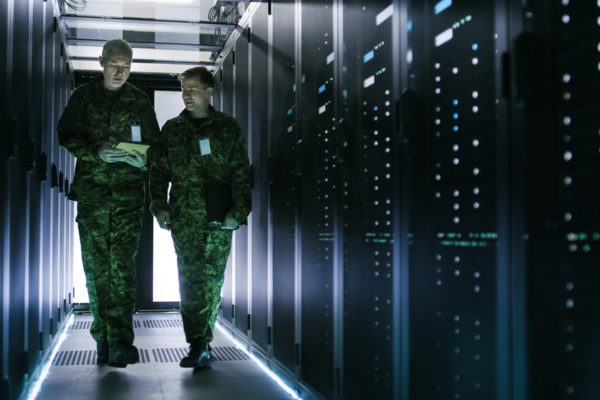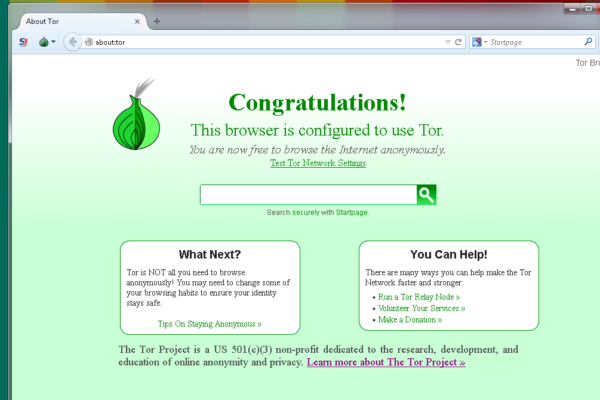A simple browsing experience can turn into a nightmare with just one wrong click. Within seconds you may end up losing all your data to an unknown person or group of people looking for some fun or even some cash.
“I was browsing a website when a popup intrigued me to click on it. It was a discount voucher which promised 25% on my favorite brand,” says Rachel, 41 years who works as an accountant in a firm. She was browsing during her lunch break from her office PC when she saw a ransomware note on her desktop. Within seconds her computer stopped working, and all files were inaccessible.
This is now a very common practice and has taken over many organizations by storm. A single click or the viewing of an attachment with an email has caused companies and corporations to lose money and sometimes most of their precious data at the hands of ransomware attacks.
First, they enter your system. Then they decrypt all the data and files. Some ransomware has also given deadlines in which they threaten to delete files as they wait for the client to pay in bitcoins. Failure to do so results in losing one file per hour and then doubling the number of files as the time passes by.
Other ransomware attacks freeze everything and do not allow any access to the system. This is especially fatal for places like hospitals and airports who rely entirely on their systems to work promptly and efficiently. One minute of delay, and they lose their potential clients and fail to deliver.
The ransomware works with money. You pay, and then they restore your data. You don’t pay, and you lose your files. The payment is made in bitcoins and is most of the times untraceable. If the hacker has refused to decrypt the files completely, you might want to take assistance from a computer expert. An IT professional knows how to restore the system and the data, but this costs money and resources which may not be readily available. With the rise in malware threats, many software companies have come up with patches and antivirus that prevent ransomware attacks. There are also decryption tools available that can crack a ransomware code and help you recover your data, but that too can only be done by an IT expert.
The best possible solution is to make sure that the antivirus software is updated and you have a sophisticated firewall that can detect any worms. Secondly, backing up data as frequently as possible is another good practice. Back up your data on the online cloud services and keep it separate from your main computer. Train your employees to be extremely vigilant and not to fall for phishing or pharming. Avoid clicking on persuasive attachments or notifications which are sent from unknown or suspicious sources.
Hence, it is better to be safe than sorry to avoid a huge loss.



